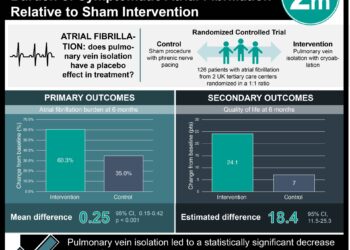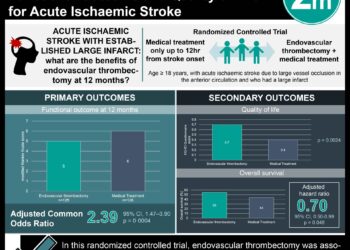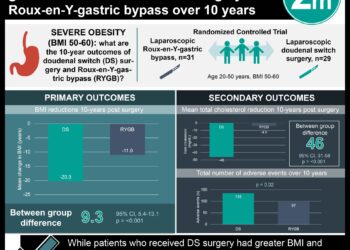Spirituality and religiosity may be associated with higher quality of life
1. In this systematic review, spirituality was associated with a higher quality of life.
2. The aspects of religiosity and spirituality that most determined quality of life outcomes included components such as hope, optimism, and the meaning of life.
Evidence Rating Level: 1 (Excellent)
Many reports have suggested that spirituality and religiosity are among factors that help determine coping strategies. Currently, there are several articles that report positive associations between spirituality and religiosity (S/R) with quality of life (QoL) among individuals with severe disease. However, there is limited data exploring this association among individuals with no comorbidities. As a result, the objective of the present systematic review was to investigate the relationship between S/R and QoL among healthy adult individuals. This study also examined the role of S/R in mental health as a secondary objective.
Out of 1952 studies, 10 met the inclusion criteria (n=4337). Articles were included if they were composed of individuals aged 18-64 with no illness. Studies also had to assess S/R and QoL using quantitative instruments. Studies were excluded if they composed of children or adolescents (age <18 years old) or elderly individuals (>65 years old), had physical or mental conditions, or used a qualitative approach. The studies’ quality was assessed using the Critical Appraisal Checklist for Analytical Cross Sectional studies and Critical Appraisal Checklist for Cohort studies.
With the exception of one study, there was an overall positive association between S/R and QoL outcomes. Among the components of S/R that most determined QoL outcomes, these included: hope, optimism, meaning of life, inner peace, wholeness, and integration, spiritual strength, faith, and high self-control. S/R decreased stress, anxiety, and an increased ability to cope with environmental challenges. However, this study was limited by the fact that only observational studies were selected. Nonetheless, this study is the first to examine the relationship between S/R and QoL and demonstrate that S/R plays a role in healthy individuals, not just those suffering from illness.
Click to read the study in Health and Quality of Life Outcomes
Image: PD
©2022 2 Minute Medicine, Inc. All rights reserved. No works may be reproduced without expressed written consent from 2 Minute Medicine, Inc. Inquire about licensing here. No article should be construed as medical advice and is not intended as such by the authors or by 2 Minute Medicine, Inc.







